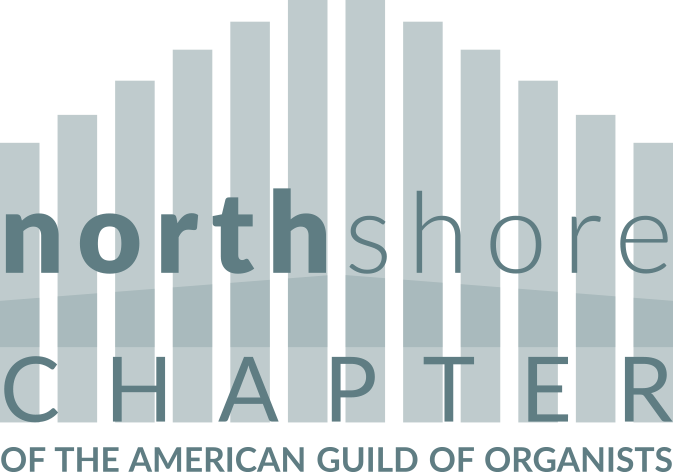I’ll let you in on a little secret: my greatest joy as an organist is playing hymns. To be sure, I enjoy the repertoire of our instrument, but I also find the experience of leading a choir and congregation in the great hymns of the church to be a pleasure both gratifying and profound.
My fascination with hymns began even before I became a church organist at age 13. For me, it was a “good Sunday” at my childhood church when at least two hymns were fun to sing. After completing a bachelor’s degree in organ performance from Lawrence University Conservatory of Music (Appleton, WI), I studied in Paris. There, I enjoyed the international experience of hearing the congregation of Saint-Séverin sing stanzas of the hymn tune Lobe Den Herren (Praise to the Lord) in three languages (French, German, English) simultaneously with support from the clear colors of that Kern organ.
I returned to the United States in 1984, started my career as Music Director at the First Congregational Church of Evanston, and began graduate studies in organ and sacred music at Northwestern University. That December, I also attended the Service of Lessons and Carols at St. Luke’s, Evanston. I remember being musically overwhelmed at the end of the first stanza of the first hymn, “Hark! A Thrilling Voice is Sounding” (Merton) – and the service had only begun! What a glorious experience hearing that Skinner organ, the Pitzen Brass Ensemble, and Richard Webster’s hymn arrangements during that service.
Soon afterwards, I began serving on the board of the North Shore AGO; and during my time as sub-dean, we observed our chapter’s 40th anniversary. For this event, we invited founding members to participate in a celebration at First Methodist, Evanston. Austin Lovelace shared his wit and entertained us with the program “Hymns Jesus Would Have Hated.” Who knew there were so many gems to share, including: “The bells of hell go ting-a-ling-a-ling for you but not for me. O death where is thy sting-a-ling-a-ling, O grave thy victory?” Fred Swann concluded that program by leading an elegant setting of the hymn “When In Our Music God is Glorified” (Engelberg) on that church’s Austin organ.
During the Centennial Conventional of the AGO in New York City, Fred Swann played a wonderful recital on the large Aeolian-Skinner organ at The Riverside Church. As an encore, he led us in a thrilling setting of the hymn “Our God, Our Help in Ages Past” (St. Anne) which included an interlude before the final stanza. His improvisation incorporated excerpts from the Bach/Fox setting “Come Sweet Death” which he played earlier on the recital. I hoped at that moment that my playing would inspire my congregation in the same way that I was inspired during the singing of this hymn.
Reflecting on 34 years as Music Director at the First Congregational Church, many wonderful memories come to mind, including these two events. One Sunday after the postlude, I was greeted by two visitors who, as it turned out, were staff members at The Riverside Church. They inquired specifically about the arrangement of “God of Grace” (Cwm Rhondda) we sang that morning. They wanted to use this hymn setting during their Fall homecoming service, since that hymn text was written by Riverside’s founding minister. I was happy to send the setting which I had composed, and was pleased to receive a note from John Walker after the service which included my arrangement. Another Sunday morning before going upstairs to play the prelude, I was adjusting my choir robe and stole while a long-time church member was standing near and drying his hands. He turned and asked rather seriously, “How are we supposed to sing those hymns….with the choir, the organ, and those descants? How are we supposed to sing with tears in our eyes?” I could only acknowledge with a smile and a gentle nod; and in that moment, I was gratified for the affirmation of my greatest joy fulfilled at the First Congregational Church of Evanston.
David Lornson

